Three torches A, B and C shown in Fig. 11.7 are switched on one by one. The light from which of the torches will not form a shadow of the ball on the screen.
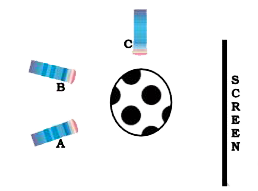
Torch C
Torch B
Torch A
Both B and C
The correct Answer is:A
Torch A and B are placed in front of the screen so they will form image. As torch C is placed parallel to the screen, it will not form a shadow of the ball because light travels in straight line.
Topper's Solved these Questions
- LIGHTBOOK - NCERT EXEMPLARCHAPTER - LIGHTEXERCISE - SHORT ANSWER QUESTIONS
10 Videos
- LIGHTBOOK - NCERT EXEMPLARCHAPTER - LIGHTEXERCISE - LONG ANSWER QUESTIONS
3 Videos
- FUN WITH MAGNETSBOOK - NCERT EXEMPLARCHAPTER - FUN WITH MAGNETSEXERCISE - LONG ANSWER QUESTIONS
7 Videos
- MOTION AND MEASUREMENT OF DISTANCES BOOK - NCERT EXEMPLARCHAPTER - MOTION AND MEASUREMENT OF DISTANCES EXERCISE - LONG ANSWER QUESTIONS
4 Videos
Similar Questions
A torch is placed at two different positions A and B, one by one, as shown in Fig. 11.9.
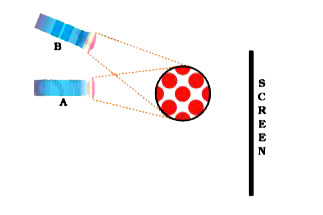
The shape of the shadow obtained in two positions is shown in Fig. 11.10

Match the position of the torch and shape of the shadow of the ball.
View SolutionA sheet of plywood, a piece of muslin cloth and that of a transparent glass, all of the same size and shape were placed at A one by one in the arrangement shown in Fig. 11.12. Will the shadow be formed in each case. If yes, how will the shadow on the screen be different in each case? Give reasons for your answer.
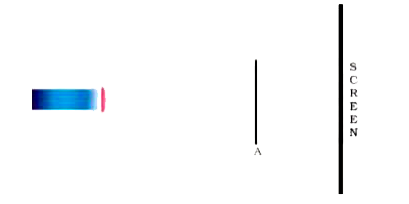
View Solution
Knowledge Check
Three blocks A,B, and C are suspended as shown in fig. Mass of each of blocks A and B is m. If the system is in equilibrium, and mass of C is M then
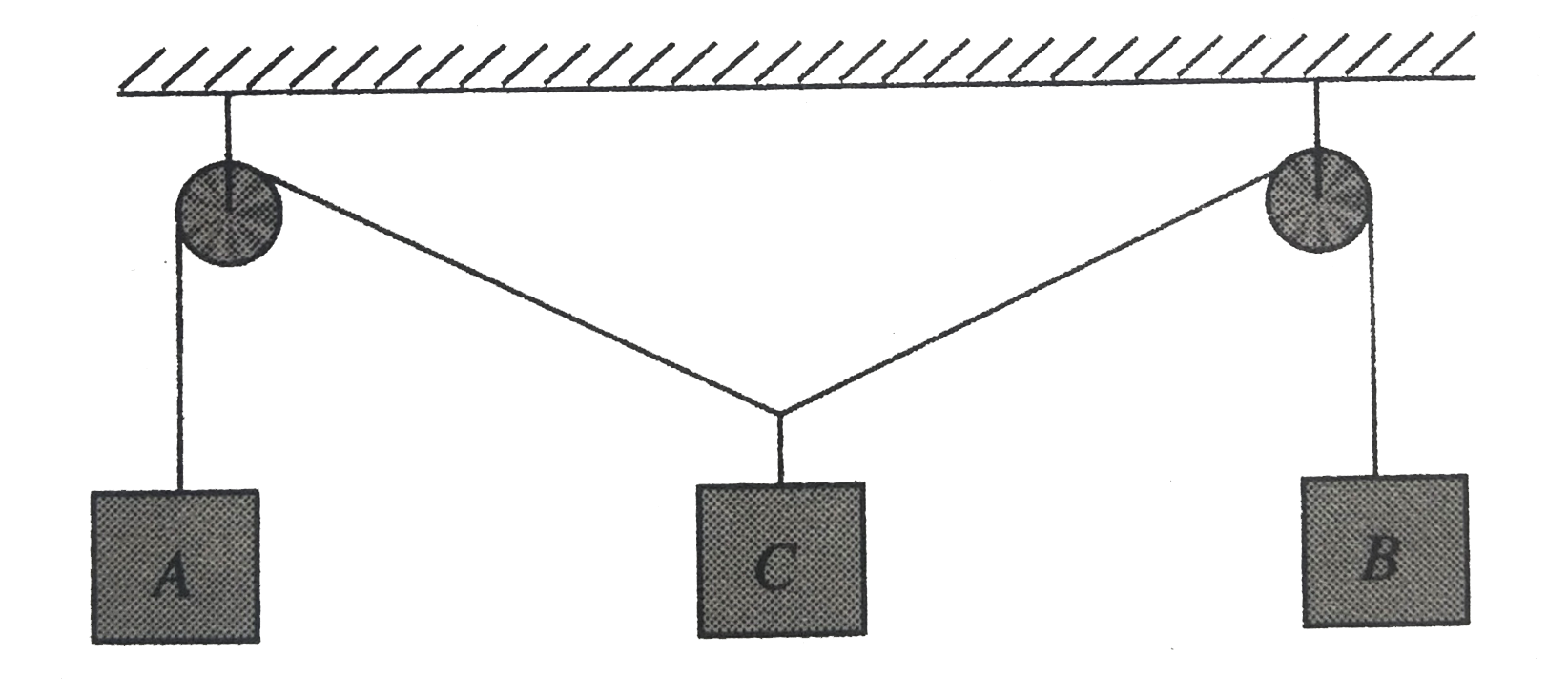 AM>2mBM=2mCM<2mDNone of these
AM>2mBM=2mCM<2mDNone of theseIn Young's experiment, if a slab of mica of refractive index μ and thickness of t is introduced in the path of light from one of the slits, then number of fringes formed on the screen will –
ADecreaseBIncreasesCRemain unchangedDMove to one side
A small hole P is made in a piece of cardboard. The hole is illuminated by a torch as shown in Fig. 16.3. The pencil of light coming out of the hole falls on a mirror.

At which point should the eye be placed so that the hole can be seen?
View SolutionA charged metallic sphere A is suspended by a nylon thread. Another charged metallic sphere B held by an insulating handle is brought close to A such that the distance between their centres is 10 cm, as shown in Fig. 1.7(a). The resulting repulsion of A is noted (for example, by shining a beam of light and measuring the deflection of its shadow on a screen). Spheres A and B are touched by uncharged spheres C and D respectively, as shown in Fig. 1.7(b). C and D are then removed and B is brought closer to A to a distance of 5.0 cm between their centres, as shown in Fig. 1.7(c). What is the expected repulsion of A on the basis of Coulomb’s law? Spheres A and C and spheres B and D have identical sizes. Ignore the sizes of A and B in comparison to the separation between their centres.
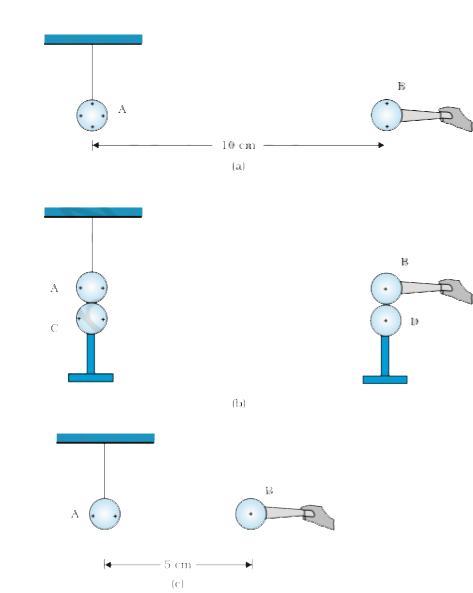
View SolutionA student had a ball, a screen and a torch in working condition. He tried to form a shadow of the ball on the screen by placing them at different positions. Sometimes the shadow was not obtained. Explain.
View SolutionObserve the picture given in Fig. 11.1 carefully.
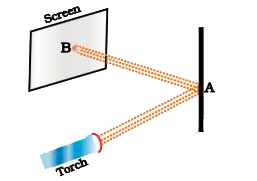
A patch of light is obtained at B, when the torch is lighted as shown. Which of the following is kept at position A to get this patch of light?
View SolutionA charged metallic sphere A is suspended by a nylon thread. Another charged metallic sphere B held by an insulating handle is brought close to A such that the distance between their centres is 10 cm, as shown in Fig. 1.7(a). The resulting repulsion of A is noted (for example, by shining a beam of light and measuring the deflection of its shadow on a screen). Spheres A and B are touched by uncharged spheres C and D respectively, as shown in Fig. 1.7(b). C and D are then removed and B is brought closer to A to a distance of 5.0 cm between their centres, as shown in Fig. 1.7(c). What is the expected repulsion of A on the basis of Coulomb’s law? Spheres A and C and spheres B and D have identical sizes. Ignore the sizes of A and B in comparison to the separation between their centres.

View SolutionName the three parts A, B and C of the flower shown in the figure and state one function of each.
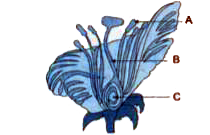
View Solution
